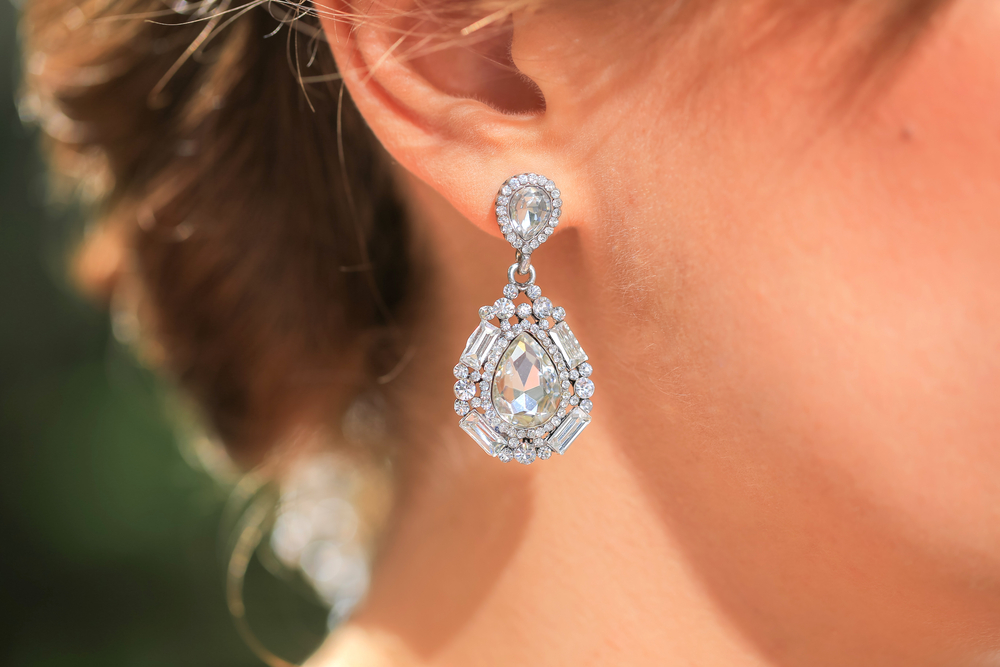
Cultural Significance Of Natural Diamonds
One of the primary factors contributing to the slow adoption of artificial diamonds in China is the cultural significance of natural diamonds. Traditional mined diamonds have long been associated with status, luxury, and love in Chinese culture. The exchange of natural diamond engagement rings is deeply ingrained in Chinese matrimonial customs, making it challenging for artificial diamonds to break this tradition.
Perceived Value And Status
In China, the perceived value and status associated with natural diamonds remain high. Many consumers still believe that natural diamonds are a symbol of enduring love and prosperity. The allure of owning a “real” diamond is a powerful factor that artificial diamond manufacturers must contend with.
Lack Of Awareness
Another significant hurdle for artificial diamonds in China is a lack of awareness. Many Chinese consumers are still unfamiliar with the concept of lab-grown diamonds. Marketing efforts to educate consumers about the benefits of artificial diamonds have been limited compared to the robust advertising campaigns by natural diamond producers.
Preference For Traditionalism
Chinese consumers often exhibit a strong preference for traditionalism when it comes to luxury goods. This cultural trait extends to jewelry, where traditional designs and materials hold a special place. Artificial diamonds, being a relatively new entrant, struggle to compete with the centuries-old tradition of natural diamonds and their association with romance and heritage.
Government Regulations
China has stringent regulations in place regarding the labeling and marketing of synthetic diamonds. These regulations are aimed at protecting consumers from deceptive practices. However, they can inadvertently create barriers for artificial diamond manufacturers trying to enter the market. Compliance with these regulations adds complexity and cost to the process of introducing lab-grown diamonds in China.
Challenges In Provenance Transparency
Lab-grown diamonds are often marketed as an ethical and environmentally friendly alternative to mined diamonds. However, ensuring transparency in the provenance of these diamonds can be challenging. Chinese consumers, who are increasingly concerned about ethical and sustainable products, may be skeptical about the authenticity of these claims.
High Competition
The Chinese jewelry market is highly competitive, with a wide range of options available to consumers. In addition to natural diamonds, there is strong competition from other gemstones, including jade and pearls, which hold deep cultural significance. Artificial diamond manufacturers face a tough battle for market share in this crowded landscape.
While artificial diamonds are gaining traction in many parts of the world due to their ethical and sustainable appeal, their journey in China is marked by unique challenges. The cultural significance of natural diamonds, a preference for traditionalism, and limited awareness are among the key reasons why lab-grown diamonds have not yet become popular in China.
